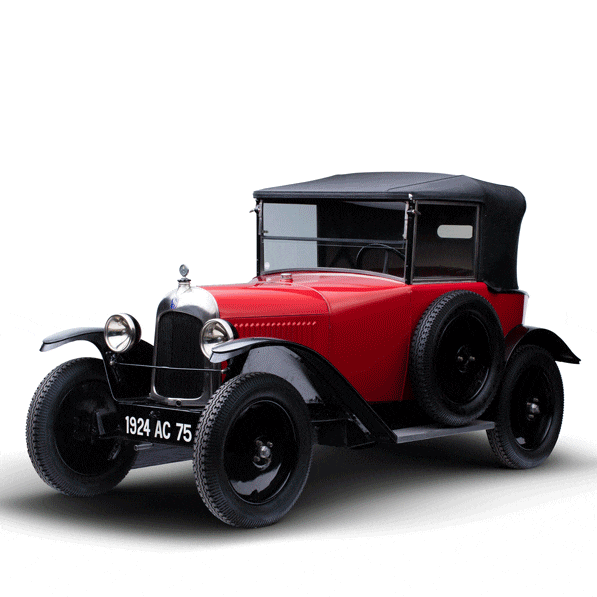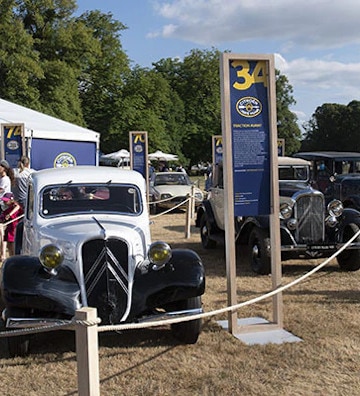
CITROËN: 100 YEARS OF AUDACITY AND INNOVATION

THE CITROËN HERITAGE
Since 1919, the Citroën brand has shown boldness and an attachment to people that has never been denied throughout its history.
With its almost century-old heritage of more than 300 models, some of which have forever marked the automotive industry, Citroën is inscribed in the hearts of every Frenchman.
It is in this historical epic, initiated by the visionary genius of André Citroën, that we invite you here to immerse yourself.

THE ORIGIN OF THE LOGO
100 YEARS OF HISTORY

THE CITROËN ORIGINS VIRTUAL MUSEUM
Launched in 2016 and accessible in 65 countries, this virtual museum brings together a collection of 83 iconic Citroëns.
It offers an unprecedented immersive experience, both visual and sound, the discovery of the Brand's models, in 3D, indoors and outdoors.

THE CITROËN CONSERVATORY
From 1919 to the present day, Citroën has built an unrivaled automotive heritage. A heritage preserved by the Conservatory of Aulnay-sous-bois, a physical museum which houses one of the largest automobile collections in the world with more than 400 historic models.
Not to mention the industrial and commercial archives that retrace the history of an emblematic brand.

























